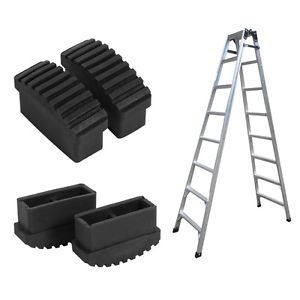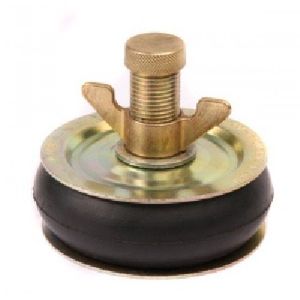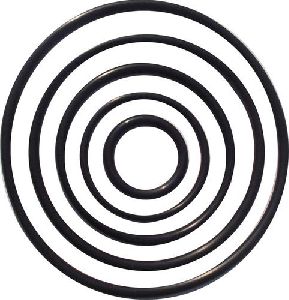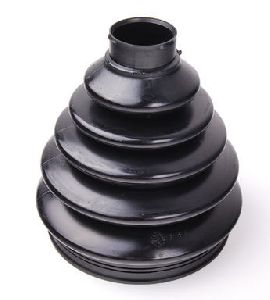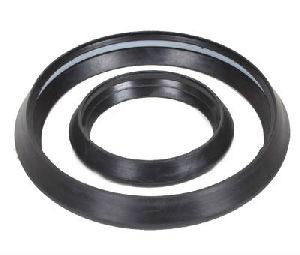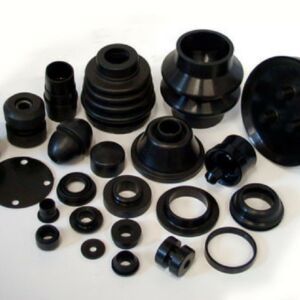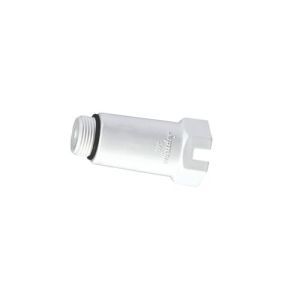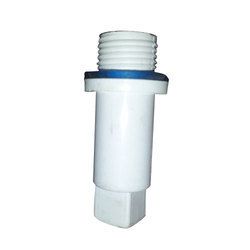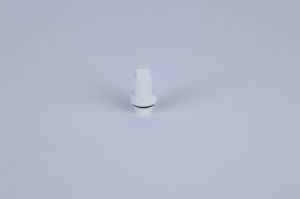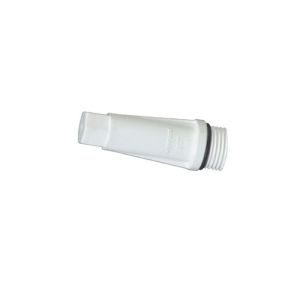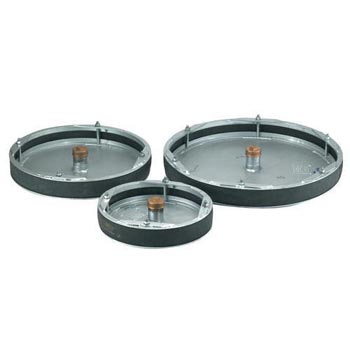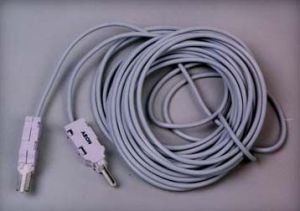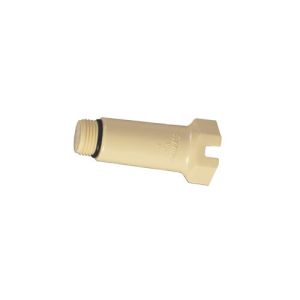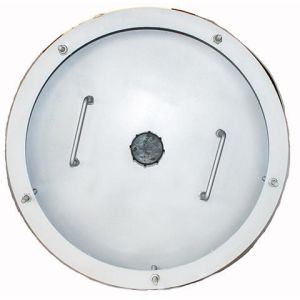Custom rubber molding services from Global Rubber Factory use injection molding , compression molding, to ensure your application-specific requirements. We also specialize in metal-to-rubber bonding. For small or large parts that require special compounds or commercial-grade elastomers. Rubber Compression Molding Rubber compression molding forms uncured rubber into the desired shape. First, the elastomer is pre-heated until pliable and then put into an open mold cavity. Closing the mold forces the rubber to fill the cavity, where the elastomer is kept under heat and pressure until cured. The advantages of rubber compression molding include: Lower tooling costs Small production runs Suitable for larger, heavier parts. Rubber Injection Molding Rubber injection molding feeds uncured rubber from a hopper into a heated barrel. The elastomer is then pushed by a screw-type plunger into a heated chamber. This material flows through a gate and runner system into mold cavity. The mold remains at the proper temperature until the rubber is cured. The advantages of rubber injection molding include: Quicker cycle times. Custom shapes with little flash . Shorter production cycle times than compression molding Support for complex geometries and tight tolerances. Rubber-to-Metal Bonding Global Rubber Factory provides rubber-to-metal bonding for injection, transfer, and compression molding. Applications include vibration mounts, assemblies which consist of an elastomeric pad and threaded metal fastener. Rubber-to-metal bonding is also used with massive railcar suspension components that weigh over 200 lbs. To ensure strong bonds, special rubber-to-substrate adhesives are required. Bonding rubber-to-metal requires surface preparation, primer, and adhesive application, and the type of value-added manufacturing services that Global Rubber Factory provides.
